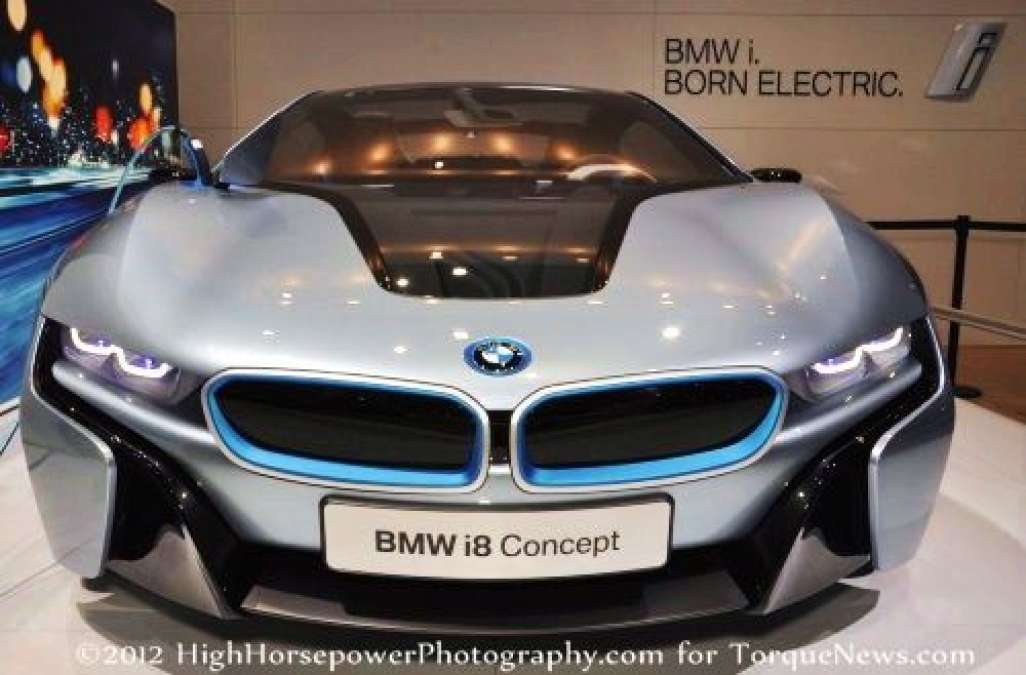Another example of advanced glass comes in roofs designed with clear tops utilizing double walls with nano-plate suspensions between them. The roof is transparent by default, but becomes opaque when a slight current is passed through the fluid.
It is somewhat surprising to discover just how many of the new vehicles at NAIAS are using at least solar filtering glass, if not some even more advanced form of glass, according to the Enhanced Protective Glass Automotive Association (EPGAA). These products are also used for driver and passenger side windows and rear windows as well as roof glass.
Laminated glass is a high-impact glass fusing two or more panes together with a plastic film automakers have trusted for over 70 years. Benefits include reduced noise and weight (up to 12 percent over conventional tempered glass) while meeting all regulatory standards for performance.
Products like this have been showing increased incorporation into automotive design since 2000, when they first began to show up on luxury vehicles at NAIAS. Laminated glass tends to add affordable quality without compromising safety, lessened exposure to UV rays and even breathes life into the range of electric vehicles by reducing the power needed for air conditioning via Advanced Solar Control – a trade designation for solar filtering glass.
"We are pleased to see so many models with laminated glass at the North American International Auto Show - nearly 30% more than only 3 years ago," said Pete Dishart, Director, New Product Development and Emerging Technologies for Pittsburgh Glass Works and EPGAA President. "The automotive industry's continued resurgence requires more than just the awe-inspiring designs which are certainly abundant here. It is important for car manufacturers to provide quality, security, comfort, fuel economy, and safety. Laminated glass, and the Advanced Solar heat reduction technologies it offers, can impact each of these areas in very meaningful ways. It is gratifying to see that laminated glass is increasingly being adopted in new vehicles."
Those vehicles include the Bentley Arnage and Continental Flying Spur; Buick Enclave, LaCrosse and Regal; Cadillac ATS, Escalade, Escalade ESV, SRX and XTS; Chevrolet Equinox and Malibu; Chrysler 300 and CUV; Dodge Avenger, Charger and Durango; Ford Explorer and Flex; GMC Terrain; Hyundai Equus; Jeep Grand Cherokee; Lexus LS and LX series; Lincoln MKS, MKT and MKX; Mercedes CL, CLS, plus the GL and SL series; Porche Panamera and Tesla S.
To see if a car you’re considering uses advanced glass products click here for the full list. .
Advanced glass products join Carbon Fiber Reinforced Polymers, aluminum components and high-strength steel alloys in becoming an everyday part of the cars we drive each year. Just like the power systems that drive cars are changing, so are the elements that surround the power train throughout the vehicle.
It is indeed an industry in a state of flux.





